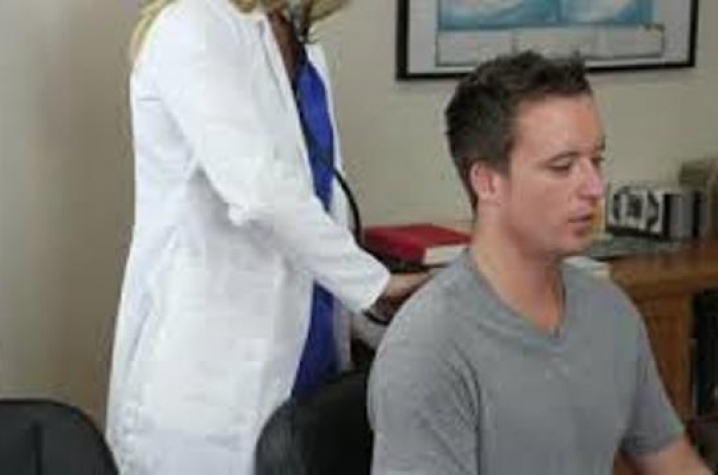UK Cardiovascular Risk Reduction Study Recognized by American Heart Association

LEXINGTON, Ky. (Dec. 17, 2013) − Self-care interventions that overcome environmental and personal barriers to reducing cardiovascular disease risk factors could be successful in rural, socioeconomically disadvantaged areas of the country and possibly other communities at high risk of cardiovascular disease, according to a study conducted by researchers at the University of Kentucky.
The study was featured on the front page of the American Heart Association's 2013 Special Sessions newsletter.
The study, led by Debra Moser, professor and Gill Endowed Chair of Cardiovascular Nursing at the UK College of Nursing, was conducted in rural Kentucky's Appalachian region with high poverty and unemployment rates and low literacy rates. The area also has high rates of inadequate or no health insurance and poor access to health care.
The study was conducted in two phases. Phase I was a 12-week self-care cardiovascular disease risk-reduction program focused on reducing environmental and personal barriers that affect cardiovascular disease risk. It involved 425 adults with two or more cardiovascular disease risk factors and were randomized to either immediate intervention or a wait-list control group.
Phase 2 involved 2,756 adults in four Kentucky communities who participated in the same self-care intervention and were followed for six months after participating in the program to assess the effectiveness and sustainability of the intervention.
The 12-week program in Phase 1 was a one-on-one cardiovascular disease risk-factor management education and support program. It also involved a referral strategy whereby patients were referred to an identified provider for risk management supplemented by cardiovascular disease risk-reduction guidelines. Participants were encouraged to eat a healthy diet, be more physically active and to identify and try to overcome their environmental and personal barriers.
The intervention resulted in a significant decrease in low-density lipoprotein (LDL) among the participants from an average of 110.5 mg/dL to 95.8 mg/dL, an increase in high-density lipoprotein (HDL) in men from 34.5 mg/dL to 39.8 mg/dL and in women from 49.6 mg/dL to 55.7 mg/dL, and a decrease in total cholesterol from 190 mg/dL to 180 mg/dL (p>0.001).
Before the intervention, 21 percent of the participants engaged in moderate physical activity for 30 minutes a day at least four days a week, but after the intervention, 60 percent of them did. In addition, body mass index decreased from an average 32.6 to 28.4.
Phase 2 involved intervention reinforcement through the community, especially local churches. It resulted in a significant 10 percent or greater reduction in cardiovascular risk factors.
“People in this rural area were very open to participating in the study,” Moser said. “People flocked to the opportunity to be in it, and they stayed in the study, too. The intensive intervention program concentrated on self-management.”
In the long term, she believes this sort of intervention is sustainable.
“We were careful not to just give a special diet for weight loss,” she said. “Instead, we talked about how people should live every day to minimize not only their risk of heart disease but all chronic diseases, about how to adapt what they eat to eat better, and about how to be more active given where they live.”
Success depends on relying on the individual to self-manage risk factors, especially in areas with poor access to preventive medical care, and getting the local community involved in supporting behavior change, Moser said.
Media Contact: Ann Blackford at 859-323-6442 or ann.blackford@uky.edu




